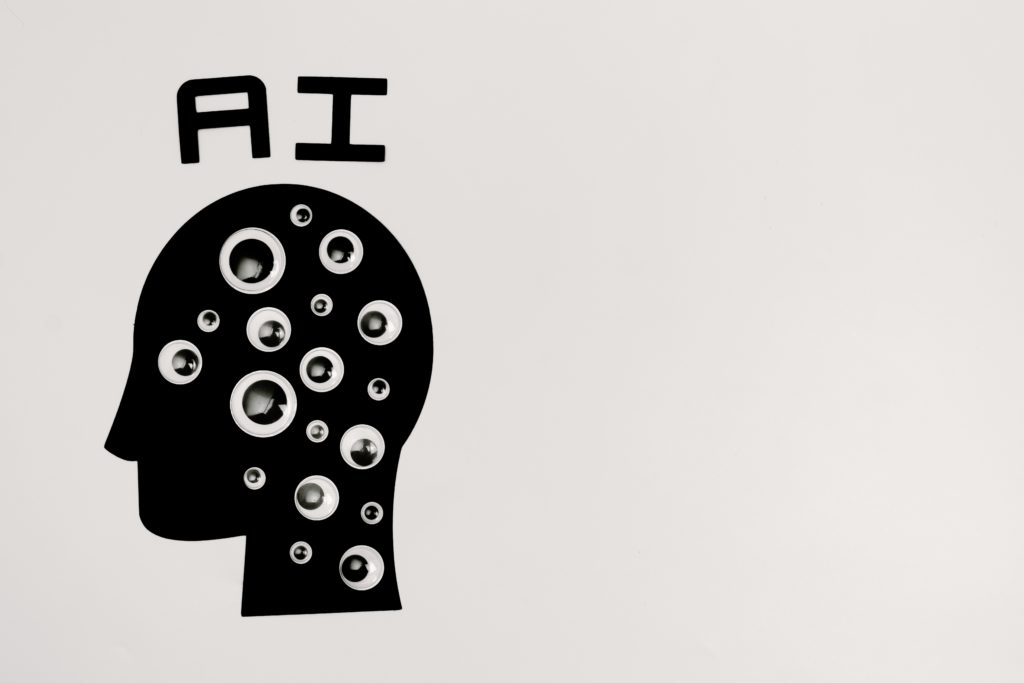
AI 3D Food Printing Machines: The Future of Food.
3D food printing is a rapidly growing technology that has the potential to revolutionize the way we eat. By using AI, 3D food printers can be programmed to create personalized, nutritious, and visually appealing food that is simply not possible to make with traditional methods.
One of the most promising applications of AI in food printing is the ability to create personalized food. AI can be used to analyze a person’s dietary needs and preferences, and then to design a meal that is specifically tailored to their individual requirements. This could be a game-changer for people with allergies, intolerances, or other dietary restrictions.
AI can also be used to create food that is more nutritious than traditional food. By carefully controlling the ingredients and the printing process, AI can be used to create food that is packed with nutrients but low in calories. This could be a major help in the fight against obesity and other diet-related diseases.
In addition to being personalized and nutritious, AI food printing can also be used to create food that is visually appealing. AI can be used to design food that is not only delicious but also aesthetically pleasing. This could make food more appealing to children and people who are picky eaters.
Overall, AI food printing has the potential to revolutionize the way we eat. By making food more personalized, nutritious, and visually appealing, AI food printing could help us to eat healthier and live longer.
Here are some specific examples of how AI is being used in food printing today:

- Evochef is a company that has developed a 3D food printer that uses AI to create personalized dosas. The user simply inputs their dietary preferences and the printer will create a dosa that is perfectly suited to their needs.
- Natural Machines is a company that has developed a 3D food printer called “Chefjet”. Chefjet uses AI to create personalized pizzas, cakes, and other desserts. The user can choose from a variety of ingredients and the printer will create a meal that is perfectly tailored to their taste.
- Foodini is a 3D food printer that is made by Imaginarium. Foodini can be used to create a variety of foods, including pasta, pizza, and cakes. The printer uses AI to ensure that the food is printed correctly and that the ingredients are evenly distributed.
The Benefits of AI food Printing Machines:
- Personalization: AI food printers can be programmed to create personalized meals that meet the specific dietary needs and preferences of each individual. This is especially beneficial for people with allergies, intolerances, or other dietary restrictions.
- Nutrition: AI food printers can be used to create meals that are nutritionally balanced and provide all the necessary vitamins and minerals. This is important for people who want to eat a healthy diet but don’t have the time or skills to cook.
- Taste: AI food printers can be used to create meals that are just as delicious as traditionally cooked food. In fact, some people believe that 3D printed food can taste even better than traditional food because it can be made with fresh, high-quality ingredients.
- Sustainability: AI food printing can help to reduce food waste. By printing food on demand, there is no need to overproduce food, which can lead to waste. Additionally, AI food printers can be used to print food from plant-based ingredients, which can help to reduce our reliance on animal products.
The potential applications of AI food printing machines are endless. In the future, we could see AI food printers being used in:
- Restaurants: AI food printers could be used to create custom meals for customers on demand. This would allow restaurants to offer a wider variety of dishes without having to increase the size of their kitchen.
- Hospitals: AI food printers could be used to create personalized meals for patients with dietary restrictions. This would help to improve patient health and satisfaction.
- Schools: AI food printers could be used to create healthy and nutritious meals for students. This would help to reduce childhood obesity and improve academic performance.
- Spaceships: AI food printers could be used to create food for astronauts on long-term missions. This would help to ensure that astronauts have a healthy and varied diet.
Some of the challenges that need to be addressed before AI food printing machines become widely adopted:
- Cost: AI food printers are still relatively expensive. This is a barrier to entry for many businesses and individuals.
- Food safety: It is important to ensure that AI food printers are safe to use and that the food they produce is safe to eat. This is a complex issue that needs to be carefully addressed.
- Regulation: Governments need to develop regulations for AI food printing machines. This will help to ensure that the technology is used safely and responsibly.
Despite these challenges, the future of AI food printing machines is bright. As the technology continues to develop, the cost of AI food printers will come down and the safety and regulatory issues will be addressed. This will pave the way for AI food printing machines to become widely adopted and revolutionize the way we eat. The future of food is bright, and AI food printing machines are playing a major role in that. By combining the power of AI with the precision of 3D printing, AI food printers are making it possible to create personalized, nutritious, and delicious meals that are tailored to individual preferences. This has the potential to revolutionize the way we eat and improve our overall health and well-being.










